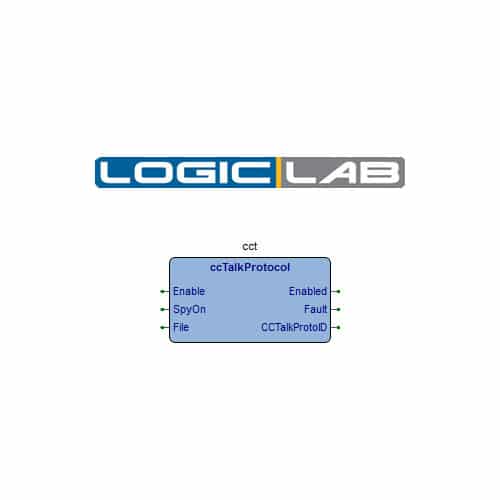

Many EdTech start-ups are introducing AI in their services, such as Tutorean, an app that uses AI to improve tutor/student matches or Zzish, whose virtual teaching assistant identifies struggling students, diagnoses learning gaps and then recommends resources. The UK’s EdTech industry is one of its fastest growing sectors, accounting for four percent of the digital industry – the same amount as Financial Technology or ‘FinTech’ firms. Pearson’s actions reflect just one example of how UK firms could access the highly competitive ‘EdTech’ market by providing high-quality content to existing tech firms. It has partnered with Microsoft Research Asia to launch ‘Longman English +’, an English language learning application that integrates both Pearson’s ‘Longman Welcome to English Curriculum’ and Microsoft’s Artificial Intelligence developments. The UK has strength in its depth of high-quality academic content produced by publishers such as Oxford University Press, Cambridge University Press and Pearson, who recently sold their China-based learning centres Wall Street English in order to focus on content production.

There are many other Chinese digital English language competitors, such as: VIPkid, 51talk, ITutor Group, and TAL Education Group, and they too, will need to look at developing AI applications to stay competitive. There are a number of apps developing facial and voice recognition to perceive student comprehension in classrooms in order to improve the student- teacher interaction. It is also developing facial and voice recognition to perceive student comprehension in classrooms in order to improve the student/teacher interaction. And Hujiang provides remote learning to rural schools through its online platform CCTalk. Liulishuo is an app-based AI English teacher that provides a personalised and adaptive path for each of its learners. It is, therefore, no surprise that some of China’s leading, existing English language providers have begun to utilise AI in their programmes. It is developing facial and voice recognition to perceive student comprehension in classrooms “While there may be weaknesses in AI in China, such as in basic theory, there is great strength in application, such as with driverless cars by Baidu, medical imaging and genetic data by Tencent, and voice recognition by Keda Xunfei.” “ can really decrease the pressure on the problems of education resource shortage,” says Ying Weihai, Professor at Shanghai Jiaotong University and Founder of Jiangsu Kunhui Biotechnology Corporation. Increasingly parents are introducing English language classes to their children at pre-school ages. With the rise of household incomes and the introduction of the two-child policy in China, demand for English language learning is growing. This, in the instruction of English language, could be revolutionary. Adoption of AI is increasingly seen in a wide variety of sectors and the education sector is no exception.Ī rise in e-learning, app-based education and Massive Open Online Courses, or MOOCs, has led to the digitisation of educational content and AI helps to personalise learning for students, based on their needs and progression.īy harnessing ‘Natural Language Processing’ or speech recognition, and combining this with smart technology developments such as facial and voice recognition, AI can detect micro-expressions in student miscomprehension and faults in pronunciation.

Britain’s strengths in technology and education make it a strong partner for China’s booming EdTech sector, writes Lauren BuchanĬhina and the UK both have ambitions to become global leaders in innovation, and Artificial Intelligence (AI) is helping achieve these goals.


 0 kommentar(er)
0 kommentar(er)
